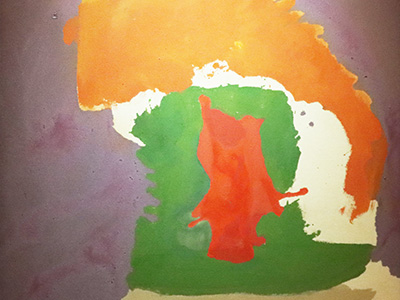Helen Frankenthaler Cloister Located in J Paul’s Italian Steakhouse Modern Contemporary Private Room
Helen Frankenthaler (1928-2011), whose career spanned six decades, is celebrated as one of the twentieth century's greatest artists. Renowned among the second generation of postwar American abstract painters, she is credited with a pivotal role in shifting from Abstract Expressionism to Color Field painting.
Frankenthaler’s innovation of the soak-stain technique broadened the scope of abstract painting, by thinning the pigment with large amounts of turpentine so that they soak directly through the unprimed cloth and stains it. The resultant image no longer lies on top of the picture plane but is embedded within; the transparent mat colors of varying intensity modulate from light to dark without creating any illusion that they exist in a space other than that of the woven textural surface. Her work has had a profound and enduring influence on contemporary art. In the early 1960s, Frankenthaler transitioned from using oils to acrylics. This switch allowed her to create a watercolor-like effect by diluting the paint even more. She explored various techniques, such as using sponges, heavier brushes, and applying thicker layers of paint. Her innovative approaches influenced a new wave of color-field painters, notably Kenneth Noland and Morris Louis.
